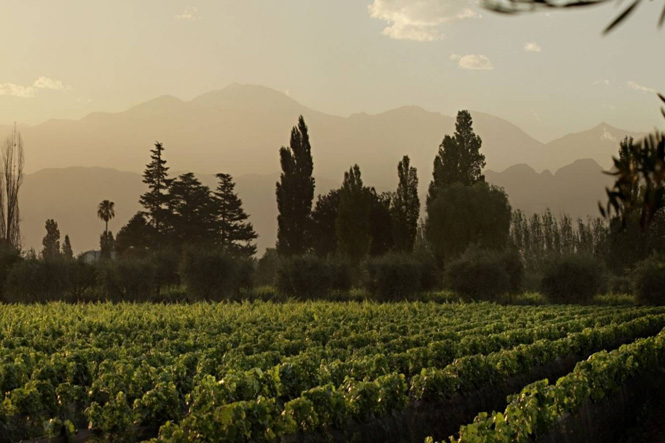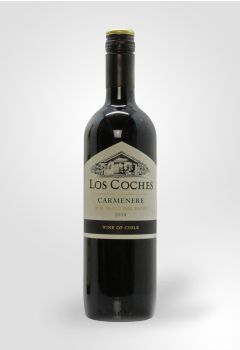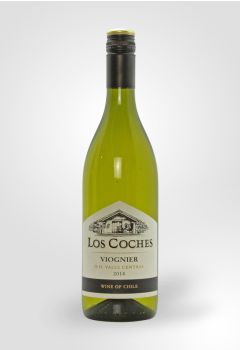
-
- Origin
- Chile
- Central Valley
A wonderful ruby red colour with aromas of plums and cherries with subtle hints of spice, chocolate and coffee. Soft and well rounded on the palate wi... Read More- Origin
- Chile
- Central Valley
A wonderful ruby red colour with aromas of plums and cherries with subtle hints of spice, chocolate and coffee. Soft and well rounded on the palate wi... Read More -
- Origin
- Chile
- Central Valley
Soft, pale straw in colour; this wine has an intensely floral nose with hints of ripe peach. Full and rounded on the palate ending with a long honey-l... Read More- Origin
- Chile
- Central Valley
Soft, pale straw in colour; this wine has an intensely floral nose with hints of ripe peach. Full and rounded on the palate ending with a long honey-l... Read More
Chile
Chile has a unique position in the wine making world for a number of reasons. The first of these is down to its unique geography. Chile runs in a long thin strip down the west coast of much of south america and is bordered by the Ocean and the Himalayas which separates it from its neighbour Argentina. Chile has been described in the past as a viticultural paradise due to its vast array of micro-climates and soil types. It is at once mountainous and flat, has a cool maritime climate and a warm Mediterranean one, and is regulated by a cool air current which blows northerly known as the Humboldt. Another is that Chile has been subjected to significant levels of immigration from Spain and more recently France who imported their own rich wine culture and knowledge. This has resulted in a thriving wine-making industry which blends traditional styles with pioneering techniques.
Carmenere
Carmenere has had an eventful history and first originated in the French wine making heartland of Bordeaux where it was mostly used to make deep powerful reds or blended with Petit Verdot. Unfortunately French planting of the variety were particularly badly hit by the phylloxera crisis of the 19th century to the point that it was completely wiped out in Europe. This led the belief that Carmenere had become extinct and this lasted until 1994 when a French researcher noticed that the Merlot being produced in Chile was unlike that which was being made anywhere else in the world. After extensive testing he found that Carmenere was actually still being grown, often side by side with Merlot and it was officially recognised as a separate grape variety in 1998.
Viognier
Viognier is a classic French white variety which is planted mostly in the Rhone valley but lends itself well to different terroirs and climates.Whilst the French wines tend to be full bodied and quite high in alcohol, the Chileans tend to be made in a lighter, more approachable style. Both share certain characteristics such as fresh apricot flavours and a slightly oily mouth feel.




